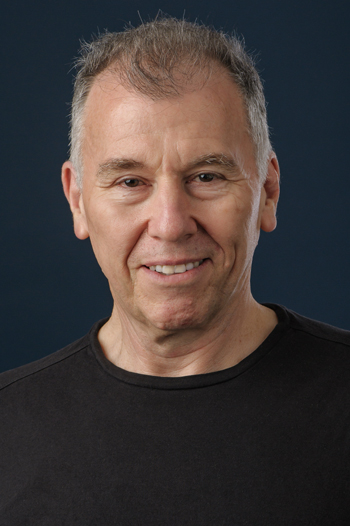Director
 Dr. Tim R. Mosmann received B.S. degrees in Chemistry and Physiology from the University of Natal, and a B.S. (honors) in Microbiology from Rhodes University in South Africa. He subsequently emigrated to Canada and obtained his Ph.D. in Microbiology at the University of British Columbia. Research fellowships at the University of Toronto and University of Glasgow were followed by his appointment as an Assistant Professor at the University of Alberta. He then spent 8 years in industry, as a Research Scientist at DNAX Research Institute in Palo Alto, California. In 1990 he rejoined the University of Alberta as Chair of the Department of Immunology. In 1998, he was recruited to the University of Rochester as the founding Director of the new Center for Vaccine Biology and Immunology. He is also co-director of Wilmot Cancer Institute’s Cytometry Shared Resource and a member of the Wilmot Cancer Institute.
Dr. Tim R. Mosmann received B.S. degrees in Chemistry and Physiology from the University of Natal, and a B.S. (honors) in Microbiology from Rhodes University in South Africa. He subsequently emigrated to Canada and obtained his Ph.D. in Microbiology at the University of British Columbia. Research fellowships at the University of Toronto and University of Glasgow were followed by his appointment as an Assistant Professor at the University of Alberta. He then spent 8 years in industry, as a Research Scientist at DNAX Research Institute in Palo Alto, California. In 1990 he rejoined the University of Alberta as Chair of the Department of Immunology. In 1998, he was recruited to the University of Rochester as the founding Director of the new Center for Vaccine Biology and Immunology. He is also co-director of Wilmot Cancer Institute’s Cytometry Shared Resource and a member of the Wilmot Cancer Institute.
Dr. Mosmann has made important contributions to the field of Immunology, particularly to our understanding of the regulation of the T cell effector functions that are critically important to fight different infections. His work at DNAX established high-throughput bioassays for cytokines, which in turn allowed him to discern dichotomous T cell cytokine patterns. This resulted in perhaps his best known discovery, the Th1 and Th2 subsets of T lymphocytes. This dichotomy begins to explain how the immune system deploys the highly polarized responses that are required to fight disparate pathogens. His initial recognition of these T cell subsets spurred further discoveries in many labs on the complexity of regulation of different T effector functions, leading to recognition of additional subsets such as Treg and Th17, as well as intermediate phenotypes. Thus the Th1/Th2 discovery was a crucial event in our understanding of how the host immune response is regulated, and has fundamental implications for vaccine design and disease pathogenesis.
Alongside his seminal work on the definition of T cell subsets, he contributed to the highly collaborative process of identification and cDNA cloning of several cytokines at DNAX, notably IL-10 which he discovered by predicting the existence of a cross-regulator between Th2 and Th1 cells. Dr. Mosmann has continued to contribute to knowledge of T cell effectors, describing CD8 T cell effector subsets, as well as uncommitted precursor CD4 T cells that provide extra flexibility in human immune responses to vaccines such as tetanus and diphtheria. In collaboration with Gaurav Sharma, he has recently developed novel bioinformatic methods for algorithmic detection of rare populations in high-dimensional flow cytometry data.
Dr. Mosmann is recognized by Thomson Reuters as a highly cited scientist, and has won many honors and awards for his unique contributions to understanding of the immune system. He is a Fellow of the Academy of Sciences of the Royal Society of Canada (since 1995), and has also been awarded the Avery-Landsteiner Prize (German Society for Immunology, 1994); the William B. Coley Award (Cancer Research Institute, 1997); the ASTECH award for Outstanding Leadership in Alberta Science (1997); the Paul Ehrlich/Ludwig Darmstaedter Prize (Paul Ehrlich Foundation, 2008); and the Novartis Prize for Basic Immunology (Novartis, 2013).